In recent years, burnout has been rapidly making a home for itself in the world’s hall of infamy for most draining mental states to avoid. It is a common experience, one shared by seasoned executives and budding new young professionals alike.
Recognized by the World Health Organization as an occupational phenomenon, burnout isn’t just about feeling tired—it’s a state of being that can severely affect both your personal and professional life. The good news is that there are effective ways to manage stress, regain peace of mind, and bounce back from burnout.
What is Burnout?
“I am so burnt out.”
You hear it everywhere (you may have even said the words yourself), so you probably have some idea of what burnout really is: a bone-deep exhaustion, the likes of which the word “tired” no longer seems to suffice.
In more technical (and less dramatic) terms, burnout is a syndrome resulting from chronic workplace stress that hasn’t been properly managed. As stress persists over a long period and becomes chronic, it can eventually create a “new normal” in our body and mind, leading to various physical health problems (e.g. gastrointestinal and cardiovascular issues), as well as mental health problems (e.g. depression and anxiety).
Common sources of this stress can be found in the workplace, specifically under such conditions as organizational changes, long working hours, concerns left unheard, and a general lack of psychological safety in the workplace.
Typical signs of burnout include:
- Physical symptoms: Fatigue, unexplained aches and pains, frequent illnesses
- Mental and emotional symptoms: Poor concentration, loss of interest and pleasure in work, anxiety, irritability, depressive symptoms, and social withdrawal
We can also characterize burnout into three dimensions:
1. Energy depletion or exhaustion
Burnout goes beyond simply feeling “tired.” Have you ever tried to sleep away your fatigue, only to still feel worn out the next day? Burnout is a pervasive sense of exhaustion that can’t easily be solved with a single good night’s rest.
2. Cynicism and pessimism about work
Do you ever feel a gnawing sense of dread in the morning or at night before bed, all because you know you have to face another day at your job? Burnout can manifest as a lack of enthusiasm, dissatisfaction, or a sense of dread about going to work.
3. Reduced professional efficacy
Burnout doesn’t just affect your energy and mood. It can seep into your work, too. If you have experienced burnout, you may have also noticed how the quality of your work began to suffer from increasing mistakes and carelessness.
But before you blame yourself, remember that these mistakes might be the result of pushing yourself to continue toiling away in spite of less than ideal working conditions or chronic stress.
If you recognize some of these signs in yourself, you may be experiencing burnout.
Practical Tips for Managing Burnout
Okay, so you know that you’re burnt out. The question remains: how do you bounce back from it?
If you believe that taking a break from work is the right move for you now and something you can afford to do, then that is one option worth considering. Or perhaps there are other companies, jobs, or industries that you’ve had your eye on, and you believe now is the time to make that change and go for it. Perhaps you have other job prospects lined up that you would like to pursue for a healthier new you. If any of this is where you’re at, then it may be a good time to weigh your options.
But you could also be scoffing at this right now and thinking that you don’t exactly have the liberty of quitting your job right after reading this article. If that is the case, here are some practical tips to help manage stress and prevent further burnout as you continue to navigate the realities of your current daily grind:
Mindfulness and Grounding Techniques
Practices like mindfulness meditation and grounding exercises can help reduce stress and improve overall well-being.
Grounding exercises are exactly what they sound like: techniques to help you feel more grounded and less like you’re all over the place panicking, anxious or stressed.
It involves shifting your focus away from worrisome, negative thoughts and directing them toward an activity that holds your full attention or keeps you centered on something sensory in your environment instead.
You can start by trying a simple 4-7-8 breathing technique. (Breathe in through your nose for 4 seconds. Hold your breath for 7 seconds. Breathe out through your mouth for 8 seconds. Repeat.)
Physical Self-Care
When you’re neck-deep in workload and stress, it can be hard to think of anything other than keeping yourself afloat and making it through the work week. This also means, unfortunately, that it’s easier to forget about the basics!
Let this serve as your reminder to get enough sleep, maintain a balanced diet, and try a form of exercise that’s fun for you. And of course, don’t forget to stay hydrated! Staying physically healthy and active can do wonders for the mind.
Mental and Emotional Self-Care
Engage in activities that stimulate your mind and provide relief. What are your favorite activities? It’s only natural for some hobbies to fall by the wayside during our working years. Other responsibilities take priority, and we may temporarily forget about even our most beloved passions. But sometimes it’s simply a matter of reminding ourselves to make time for our interests. This means being as intentional as you can be about incorporating these into your life. Try to set aside dedicated time each week to reconnect with your favorite hobbies—or even explore new ones!
Consider getting into activities that help you reflect on your feelings, become more aware of your emotional boundaries, and practice gratitude. You could try journaling, or talking to a counselor, mentor, or therapist.
The frustrating irony here is that your burnout may be a result of being overworked and having no time for hobbies. Remember that you don’t have to take on a lot all at once. Even a few minutes a day can have a significant impact on your well-being.
Not sure how to squeeze new hobbies into your schedule? While you’re trying to figure out your routine, you can also find ways to unwind with your favorite pastimes: indulge in simple joys like watching a show or reading a book to help you relax.
Social and Spiritual Self-Care
Breathing techniques aren’t the only ways to stay grounded. You can also recharge by spending time with loved ones, connecting with a community that shares your values, and engaging in activities that nourish your spirit. You could try meditation or prayer. You could also take a break from the digital world and step outside to spend some time in nature! Breathe in fresh air, admire the greenery around you, and give yourself that time to reset.
If you’re feeling overwhelmed or burnt out, don’t hesitate to reach out for help. Therapy can provide a safe, judgment-free space to clear your mind and develop coping strategies. Therapists can help you increase self-awareness, reinforce emotional resilience, and strengthen your support system.
Mind You is here to support you on your journey to mental wellness. Download the Mind You app to connect with licensed therapists and access a wealth of mental health resources. For organizations looking to enhance their mental health programs, contact us today to learn how we can assist you in creating a supportive and productive workplace.
For more information about our services and how we can help you or your organization, visit Mind You. Follow us on social media for updates and tips on mental health and wellness.
Instagram: @mindyoumhs
Facebook: Mind You Mental Health Systems
Twitter: @MindYouMHS
LinkedIn: Mind You Philippines
Sources:
1 Shanafelt, T. D., Boone, S., Tan, L., Dyrbye, L. N., Sotile, W., Satele, D., West, C. P., Sloan, J., & Oreskovich, M. R. (2012). Burnout and Satisfaction With Work-Life Balance Among US Physicians Relative to the General US Population. Archives of Internal
2 Medicine, 172(18), 1377. https://doi.org/10.1001/archinternmed.2012.3199
3 Harter, J. (2022, September 6). Is Quiet Quitting Real? Gallup.com; Gallup. https://www.gallup.com/workplace/398306/quiet-quitting-real.aspx
4 Brouwers, A., & Tomic, W. (2000). A longitudinal study of teacher burnout and perceived self-efficacy in classroom management. Teaching and Teacher Education, 16(2), 239-253.
5 Edú-Valsania, S., Laguía, A., & Moriano, J. A. (2022). Burnout: A Review of Theory and Measurement. International Journal of Environmental Research and Public Health, 19(3), 1780. https://doi.org/10.3390/ijerph19031780
6 Montero-Marin, J., Prado-Abril, J., Piva Demarzo, M. M., Gascon, S., & García-Campayo, J. (2014). Coping with Stress and Types of Burnout: Explanatory Power of Different Coping Strategies. PLoS ONE, 9(2), e89090. https://doi.org/10.1371/journal.pone.0089090
7 Salvagioni, D. A. J., Melanda, F. N., Mesas, A. E., González, A. D., Gabani, F. L., & Andrade, S. M. (2017). Physical, psychological and occupational consequences of job burnout: A systematic review of prospective studies. PloS one, 12(10), e0185781. https://doi.org/10.1371/journal.pone.0185781
8 American Psychological Association. (2021). Grounding techniques for anxiety. Retrieved from https://www.apa.org/monitor/2019/03/grounding-strategies





